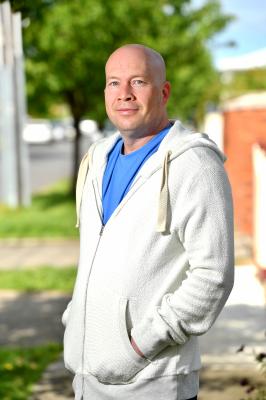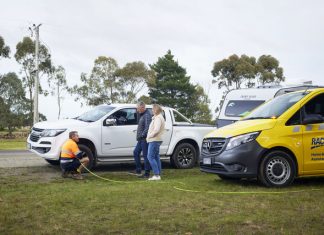
Goya Dmytryshchak
Victoria University has partnered with Hope Street youth homelessness service to roll out a school-based homelessness prevention program in Melbourne’s north-west.
Peter Gill, a senior lecturer in the College of Health and Biomedicine has spent nearly two decades researching homelessness.
Under his direction, VU has partnered with Hope Street Youth & Family Services to implement the Homelessness Prevention Program in Melton, Maribyrnong and Footscray.
North-west Melbourne has the third highest number of homelessness service use in Australia.
A similar program in Geelong resulted in a 40 per cent drop in homelessness.
Dr Gill, a western suburbs resident, said the program worked by identifying issues before they become situations that were hard to reverse.
“It’s a high school-based prevention or early intervention program, so we go into schools and we have a survey and we give it to the teachers and the teachers give it to the students.
“They’re questions about how they’re going at school, if there’s any issues at home and there’s also a mental health screening questionnaire as well in there.
“It’s fairly short but it does cover school, home and mental health.”
Dr Gill said vulnerable students could then be connected with the relevant support they needed.
“If it’s a mental health issue, we’ll bring in headspace or a mental health service or if it’s homelessness we might bring in a housing support service,” he said.
“We have brokerage funds if there’s a shortfall in rent for that month or something like that.”
Dr Gill said they help people connect and work better together to support young people, with a very community based focus.
“We’re able to address small problems before they become big problems because once people become homeless and have dropped out of school, it’s very hard to turn those situations around,” he said.
“If you can pick up something very early then we can keep people on track and prevent them from going down those paths, and that has so many flow-on effects – education, employability, housing and homelessness, family, harmony, crime. It has so many flow-on community effects.”






